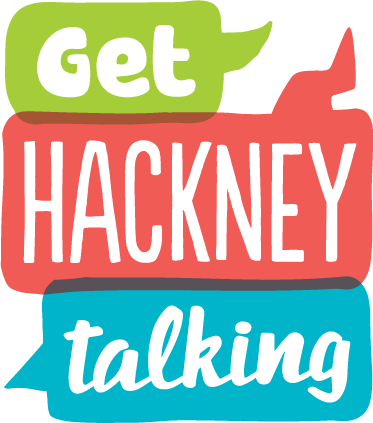What are key words?
In every sentence, some words are more important than others. These are called ‘Key Words’. To follow an instruction successfully, your child needs to understand each ‘Key Word’.
For a word to be a Key Word;
- There must be a choice to make – two or more options so that your child must choose between – for example ‘a red plate’ or a ‘blue plate’
- The meaning of the words must not be obvious in other ways such as:
- The context – for example asking for the butter when your holding a piece of toast and a knife
- Copying what others are doing – for example asking your child to jump up and down when everyone is already jumping
- Visual clues like pointing or looking at the object
Sometimes children appear to understand more than they actually do. They can use lots of strategies to compensate for not understanding language such as:
- Learning routines. For example, if you always say ‘get your coat’ before you go out they will start to do this without needing to understand any of the words.
- Copying other children. For example, in nursery they will wash their hands because other children are and not because they actually understand ‘wash your hands’.
- Follow non-verbal clues. People will often point and/or look at the object they are talking about. For example, if there is a cup and a car in front of the child and the adult looks at the car while they ask for it, then the child will almost certainly pick it up whether he understood the word or not just because that was the one the adult seemed interested in!
- Just do the obvious. For example if you put a spoon and a teddy in front of the child they will almost certainly put the spoon to teddy’s face to pretend to feed teddy, just because this is the obvious thing to do.
Identifying Key Words helps us to focus on the number of words in an instruction that a child really understands and help them increase this.
When children are learning language, they need lots of opportunities to practice! Here are some ideas of activities you can try at home to help your child with Two Key Words. Remember to keep practice fun – we know children learn best through play.
Two key word level activities
Objects activity (nouns)
This activity targets ‘nouns’ (names of objects).
You will need:
- 2 or more character toys (e.g. a dolly and a teddy)
- 5-10 objects (e.g. toy food, toy furniture)
You can make this a game by pretending to have a ‘picnic’ or while playing with a doll’s house. While you play you can give instructions like:
“Give cake to frog”
“Find table and chair”
“Give dolly the apple”
“Put dolly on the chair”
Actions activity (verbs)
This activity targets ‘verbs’ (words that describe actions).
You will need:
- Character toys
Give your child instructions such as:
“Make teddy dance”
“Make monkey walk”
“Make frog eat”
Examples of action words: jump, sit, laugh, run, sleep, eat, drink, dance, hide, wave, clap, fly, walk
Places activity (positional concepts)
This activity targets ‘positional concepts’ (words that describe the place or location of objects).
You will need:
- A character (e.g. a dolly and a teddy)
- A box or bag
- A table or chair
Give your child instructions such as:
“Put dolly under the table”
“Put the dolly in the bag“
“Put the dolly on the box”
“Put dolly behind the box”
Examples of place words: in, on, under, next to, in front, behind
Next steps:
- Change the toys/objects – this will help your child learn new words
- Take pictures of the instructions when they are completed – this creates a talking point with your child!
- Practice in different places: in the garden, in the bath, in the kitchen.
- Encourage your child to give you similar instructions – this will help their talking. You could say:
- ‘now it’s your turn – what shall I do?’
- ‘what does teddy want – cake or biscuit?’
- ‘who gets the pizza – monkey or hedgehog?’
- ‘what will lion do – run or jump?’
Return to Ideas Page


